What is Wound Care?
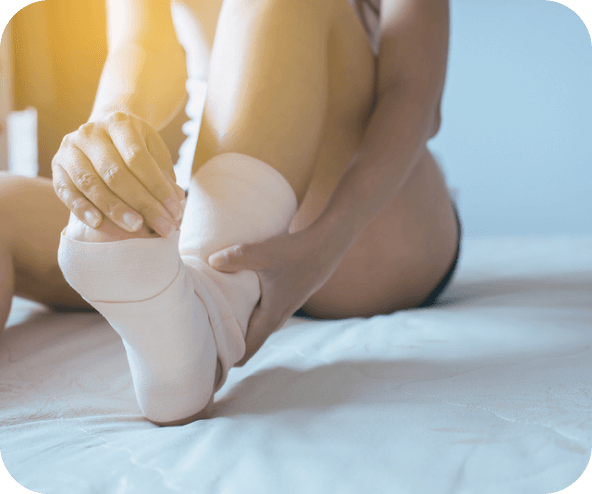
What is Wound Care?
Skin and wound conditions are superficial complications that can arise from accidents, injuries, chronic illnesses, or aging. The expert medical team at StrideCare is proud to provide a comprehensive array of surgical and non-surgical treatments for options for skin and wound conditions.
Which Wound Care Conditions Can Be Treated at StrideCare?

Arterial Ulcers
Arterial ulcers are caused by blocked arteries. Sufficient oxygen and nutrients normally carried by the blood are unable to reach small cuts and damaged tissue, enabling them to fester, ulcerate and become infected. Mostly found on the feet and ankles, arterial ulcers can occur anywhere on the body. Symptoms in the legs include swelling, itching, burning, reduced hair growth, flaking skin and discoloration. Specialized wound care by our providers treats the arterial ulcers so these have optimal healing opportunity.
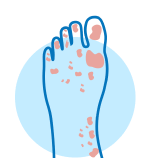
Cellulitis – Foot
Cellulitis is a bacterial skin infection caused by staphylococcus invading a wound. Symptoms include a red and patchy rash that spreads quickly, skin that is hot to the touch, tenderness and swelling, fever, and fatigue. If left untreated, cellulitis can progress into a serious condition. Our wound care medical specialists diagnose cellulitis and design personalized treatment plans.
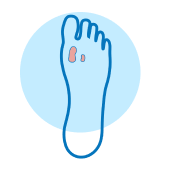
Diabetic Foot Ulcers
Poor circulation from diabetes can cause skin on the feet to become damaged and break down. This results in large, open wounds called diabetic ulcers or foot ulcers. Patients with diabetes, especially those with nerve damage and peripheral neuropathy, should take extra care to monitor the condition of their feet. Thus, any ulcers can be detected early and treated promptly. Look for swelling, irritation, drainage, redness, and odor when checking the feet for ulcers.

Edema
Swelling, formally known as edema, is a common condition caused by fluid buildup and retention around the hands, feet, legs, and ankles. While swelling can be due to medication regulating blood pressure or general inflammation, this fluid retention is also commonly caused by vein diseases like varicose veins. Patients with edema may notice limbs are more swollen than usual. They may also experience cold and numb feet, and open sores and ulcers on the feet and legs. Treatment is available to relieve the swelling and discomfort. Additional therapies and treatments address symptoms such as skin texture changes, open wounds, and limited range of motion. If caused by an underlying issue with the venous system, recommended procedures include radiofrequency ablation, Varithena™ microfoam ablation, sclerotherapy or other vein treatments.
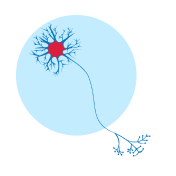
Venous Ulcers
Venous ulcers are the most common type of leg ulcer. These occur due to vascular insufficiency, or damaged valves hindering blood flow through the veins in the lower parts of the body. Blood pools in the lower legs, increasing the possibility of wounds forming. Risk factors include obesity, diabetes, a sedentary lifestyle, recent injury, and high blood pressure. Specialized wound care by our providers treats venous ulcers so these have the best opportunity to heal.
FIND A
CONVENIENT LOCATION

StrideCare Leverages athenaOne to Enhance Financial and Operational Results, Improve Clinical Workflows
2 Min Read CASE STUDY: Transitioning all practices onto one united system gives StrideCare invaluable access to data
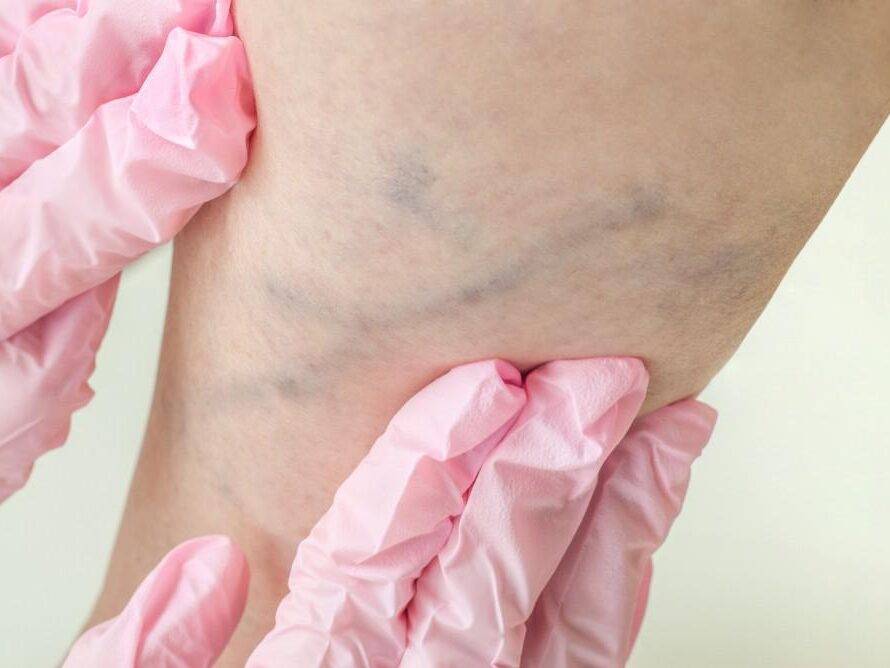
When are Varicose Veins More than Just a Cosmetic Concern?
2 Min Read Learn about varicose veins, prevention tips, and treatment options from StrideCare’s vein specialists in Texas.
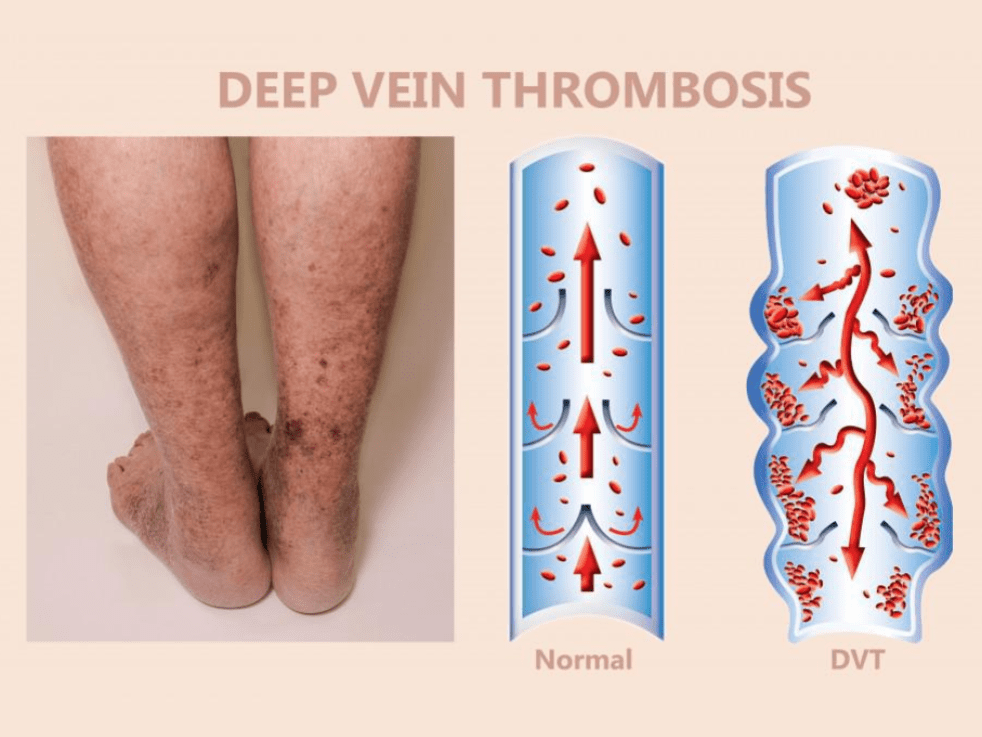
Puffy Legs are One of the First Signs of Deep Vein Thrombosis
3 Min Read Learn the symptoms of deep vein thrombosis (DVT) and seek immediate evaluation at StrideCare for expert care and treatment.



